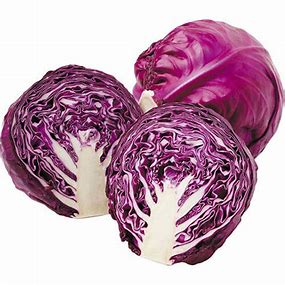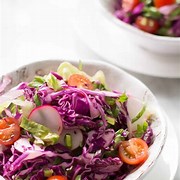Red Cabbage

It’s cheap and readily available. So it can’t be a superfood
can it?
No food is actually a ‘superfood’ as this is purely a
marketing term, but if one food does punch above its weight in terms of
nutritional benefits, it’s the humble red cabbage.
Red cabbage is one of cruciferous vegetables, which also
include rocket, bok choy, Brussels sprouts, broccoli, cauliflower, kale, radish
and turnips. All these vegetables are low in kilojoules, and rich in folate,
vitamins C, E and K, and fibre.
They also all contain phytonutrients, plant-based compounds
that may help lower inflammation, and research suggests may reduce the risk of
developing cancer.
Choose red cabbage and you will get added value in the form
of phytonutrients called anthocyanins. These are the pigments that give red,
purple and blue plants their rich colouring. They act as strong antioxidants in
your body. Research indicates anthocyanins may protect against many chronic
conditions, such as type 2 diabetes, certain cancers and heart disease.
What to do with red cabbage:
- Shred and use as a base for a
coleslaw with grated carrot, shredded baby spinach or kale and chopped walnuts.
- Make a warm side dish. Braise a
small shredded red cabbage for 10 minutes with 2 tablespoons olive oil, sliced
red onion, peeled grated apple, ½ teaspoon ground cinnamon, and ¼ cup apple
juice.
Whenever you cook with red cabbage, add an acidic liquid
such as vinegar, apple juice or wine, otherwise the cabbage will lose its
colour and turn blue.
